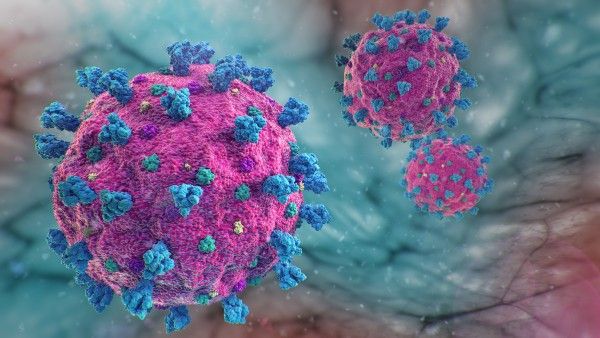Looking at Asymptomatic Vs. Symptomatic COVID-19 Patients
A study suggests that both have similar cycle thresholds but the virus lays dormat in an overwhelming majority of asymptomatic patients.
Patients who were asymptomatic and symptomatic were found to have a similar cycle threshold (Ct) in a cohort study finds.
The results were published in JAMA.
A retrospective evaluation was conducted for with 303 symptomatic and asymptomatic patients with SARS-CoV-2 infection. Of these two groups, 193 (63.7%) were symptomatic at the time of isolation. All participants were isolated in a community health center in South Korea.
Of the 110 (36.3%) asymptomatic patients, only 21 (19.1%) developed symptoms during isolation, suggesting the virus lays dormat in an overwhelming majority of this subset of patients.
Patients were released from isolation based on the reverse transcription—polymerase chain reaction (RT-PCR) assay from upper respiratory tract specimens (nasopharynx and oropharynx swab) and lower respiratory tract specimens (sputum) for SARS-CoV-2 results.
“The median (SE) time from diagnosis to the first negative conversion was 17 (1.07) days for asymptomatic patients and 19.5 (0.63) days for symptomatic (including presymptomatic) patients (P = .07),” the investigators wrote. “The Ct values for the envelope (env) gene from lower respiratory tract specimens showed that viral loads in asymptomatic patients from diagnosis to discharge tended to decrease more slowly in the time interaction trend than those in symptomatic (including presymptomatic) patients (β = −0.065 [SE, 0.023]; P = .005). “
Releasing patients from isolation was based on the results of reverse transcription—polymerase chain reaction (RT-PCR) assay from upper respiratory tract specimens (nasopharynx and oropharynx swab) and lower respiratory tract specimens (sputum) for SARS-CoV-2.
This testing was performed on days 8, 9, 15, and 16 of isolation. On days 10, 17, 18, and 19, RT-PCR assays from the upper or lower respiratory tract were performed at physician discretion. Cycle threshold (Ct) values in RT-PCR for SARS-CoV-2 detection were determined in both asymptomatic and symptomatic patients.
The investigators said that while asymptomatic patients had high viral loads and raised the potential for the risk of transmission the study didn’t examine this aspect.
“Viral molecular shedding was prolonged,” the investigators wrote. “Because transmission by asymptomatic patients with SARS-CoV-2 may be a key factor in community spread, population-based surveillance and isolation of asymptomatic patients may be required.”

